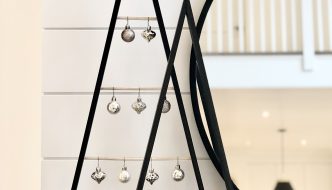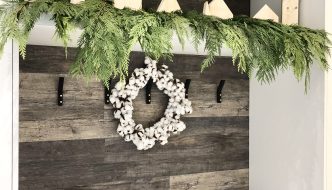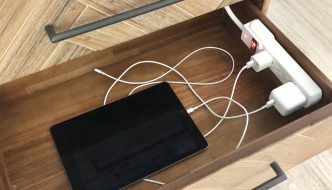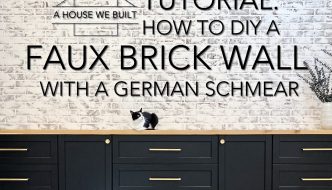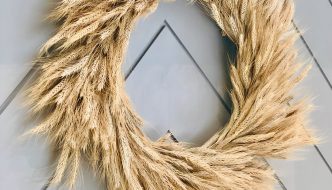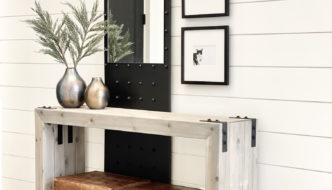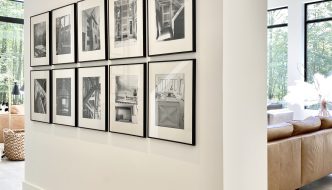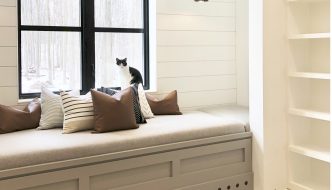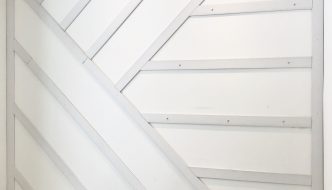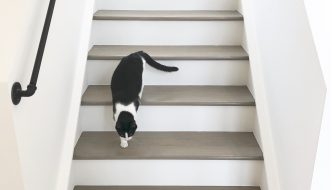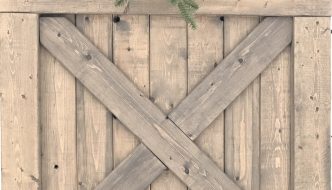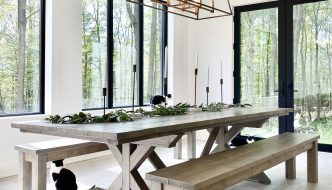Tutorials
For our Christmas mantel decorations this year, I really wanted to try building some of the decor myself and I’ve always adored the look of ... Read More
How to DIY a Minimal Wooden Christmas Village
This is one of the simplest little DIY projects ever because there are almost no rules to how you make these minimal little Nordic-inspired wooden ... Read More
How to DIY a Nightstand Charging Drawer
Ever since I mentioned that in our master bedroom and guest bedroom we turned the bottom drawer of our nightstands into “charging stations”, I’ve been ... Read More
How to DIY a Faux Brick Wall with a German Schmear
Ever since we started designing our house, I’ve loved the idea of doing a brick wall somewhere. It’s rustic, cozy, and industrial and depending on ... Read More
How to Make a Wheat Wreath
I made these fluffy natural wheat wreaths to decorate our house for summer and fall and I had so much fun doing it that I’ll ... Read More
How to Build a Console Table
We built another table!! It all started because I wanted a console table for our foyer and couldn’t decide on which one to purchase and ... Read More
How to Hang a Gallery Wall
Our hallway gallery wall – frame source & size: Amazon – is one of my favorite features in our house and one of the most ... Read More
How to Build a Window Seat Cushion
My dad built this amazing window seat cushion for my home office that I absolutely love! It’s comfortable, customizable, and totally DIY-able, so I’m going ... Read More
How to Build a Paneled Accent Wall
We built this accent wall our guest bedroom so I thought I’d share how we did it along with some tips & tricks. I love ... Read More
How to Stain and Paint Stairs
I took on the huge task of staining and painting our staircase myself and thought I’d share my experience since I actually couldn’t find many ... Read More
How to Build a Wood Christmas Tree Collar Box
We built this large wooden Christmas tree box stand because we have cats and cats are notorious for getting into Christmas decorations and climbing trees ... Read More
How to Build a Farmhouse Table and Benches
WE BUILT A TABLE!! AND BENCHES!! And we’d never done this before but it kinda turned out awesome so I thought I’d share as much ... Read More
